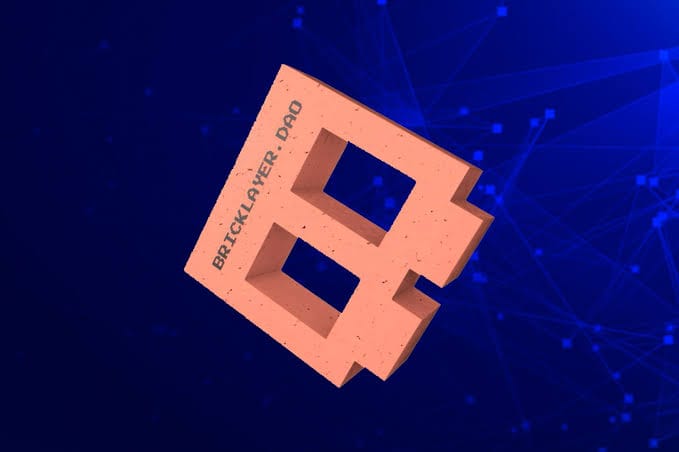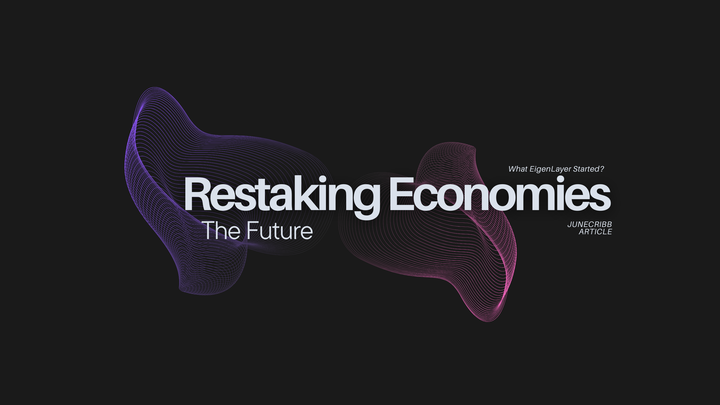Bricklayer x Amazon: Tokenized Equity in $44M Amazon-Leased Warehouse

Introduction
In a major signal for tokenized real-world assets (RWAs), Bricklayer has brought a $44 million Amazon-leased warehouse onto the blockchain—fractionalizing equity rights and revenue exposure for a new class of investors.
It’s not just about digitizing property ownership—it’s about making blue-chip real estate investable by anyone, with transparent yield, liquidity, and programmable cash flow rights all encoded on-chain. At the heart of this drop? A fully operational warehouse under a long-term lease with Amazon—one of the world’s most stable tenants.
This isn’t a metaverse pitch or hypothetical REIT—it’s a real building, with real rent, generating real yield, all tokenized for the public. And it might just be the clearest proof yet that RWA tokenization is moving from idea to infrastructure.
Why This Property Matters
The warehouse in question isn’t some risky commercial bet—it’s a last-mile logistics hub leased by Amazon in a prime location. In traditional finance, this would be the kind of asset institutional investors scramble to get into via private equity funds or REITs.
Bricklayer’s twist? Tokenize the equity stake in the asset and offer it in slices to crypto-native and retail investors alike. The result:
- Lower minimums (as low as $100)
- On-chain transferability
- Transparent income distribution tied to lease payments
- Long-term Amazon lease = low vacancy risk
That combination—premium tenant + tokenized structure—puts this asset in a different league from typical RWA pilots.
How It Works: Tokenized Real Estate in Practice
Bricklayer has fractionalized the warehouse equity using blockchain infrastructure—likely via ERC-20 tokens representing shares in a trust or SPV (special purpose vehicle) that owns the asset.
Here’s how the mechanism plays out:
- Investors purchase tokenized shares representing partial ownership.
- Rent collected from Amazon flows to the SPV.
- After expenses, net rental income is distributed proportionally to token holders, potentially on-chain in stablecoins.
- Over time, investors may also benefit from property appreciation or eventual sale proceeds.
It’s like buying into a commercial REIT—but decentralized, borderless, and programmable. It blends the yield profile of TradFi real estate with the flexibility and access of DeFi infrastructure.
Why It’s Different from Traditional Real Estate Crowdfunding
Tokenized RWAs like this Amazon-leased asset are not just crowdfunding with a crypto skin—they’re enabling a new paradigm where assets become:
- Composable (can be integrated into DeFi lending, trading, etc.)
- Liquid (if exchanges or AMMs are built for RWA tokens)
- Programmable (cash flow rights, governance, and trade restrictions can be coded directly)
Unlike older real estate platforms like Fundrise or RealtyMogul, Bricklayer is betting on full-chain exposure: your ownership and yield rights live on the blockchain, and theoretically, could integrate with a broader Web3 financial stack.
Imagine borrowing against your warehouse token via an Aave fork or pooling it in a vault with other real estate assets to build custom yield products. That’s the kind of innovation tokenization unlocks.
The Bigger Picture: Amazon as a Trust Anchor
Amazon’s presence isn’t just a tenant agreement—it’s a credibility signal for the tokenized real estate space. Many investors still view RWAs with skepticism, especially when tied to unproven property or tenants.
But with Amazon locking in a lease:
- Cash flow risk is reduced
- Vacancy concerns are minimized
- Property valuation remains stable
- Credit risk on rent payments is negligible
This opens the door for more conservative capital—including institutional allocators, family offices, and DAOs with treasury mandates—to consider real estate yield as a crypto-native allocation.
It’s not just about what Bricklayer did—it’s who’s paying the rent, and that matters for investor confidence.
Risks and Open Questions
No innovation comes without complexity. Here are some questions still in play:
- Liquidity: While the tokens are transferable, is there enough demand to sustain a secondary market?
- Regulatory clarity: Are these securities? Will they be limited to accredited investors in some jurisdictions?
- Operational costs: Who maintains the property, handles taxes, and oversees lease compliance?
- Cash flow consistency: Even with Amazon as a tenant, what happens post-lease or during property upgrades?
Bricklayer’s model is promising, but it lives in a hybrid world—part blockchain, part brick-and-mortar. Navigating that duality will determine its scalability.
Conclusion: A New Real Estate Paradigm?
The Bricklayer x Amazon warehouse isn’t just a one-off deal—it’s a signal. Real-world assets are no longer a side experiment in crypto—they’re becoming core to the next phase of on-chain finance.
By bringing a globally recognized tenant and a premium property onto the blockchain, Bricklayer has created a template others will copy. If successful, it could lead to:
- Tokenized office parks, logistics centers, data centers
- On-chain mortgage products
- Yield vaults built entirely from RWA-backed income
The walls separating real estate and DeFi are thinning. And with Amazon behind the rent checks, the trust gap just got smaller.
In short: this isn’t a gimmick. It’s infrastructure.
Internal Mitosis Links & Glossary References
- Bitcoin
- Blockchain
- Cryptocurrency
- Mitosis Core: https://university.mitosis.org/mitosis-core
- Governance: https://university.mitosis.org/governance
- Glossary: https://university.mitosis.org/glossary/
- Ecosystem Connections: https://university.mitosis.org/ecosystem-connections


Comments ()